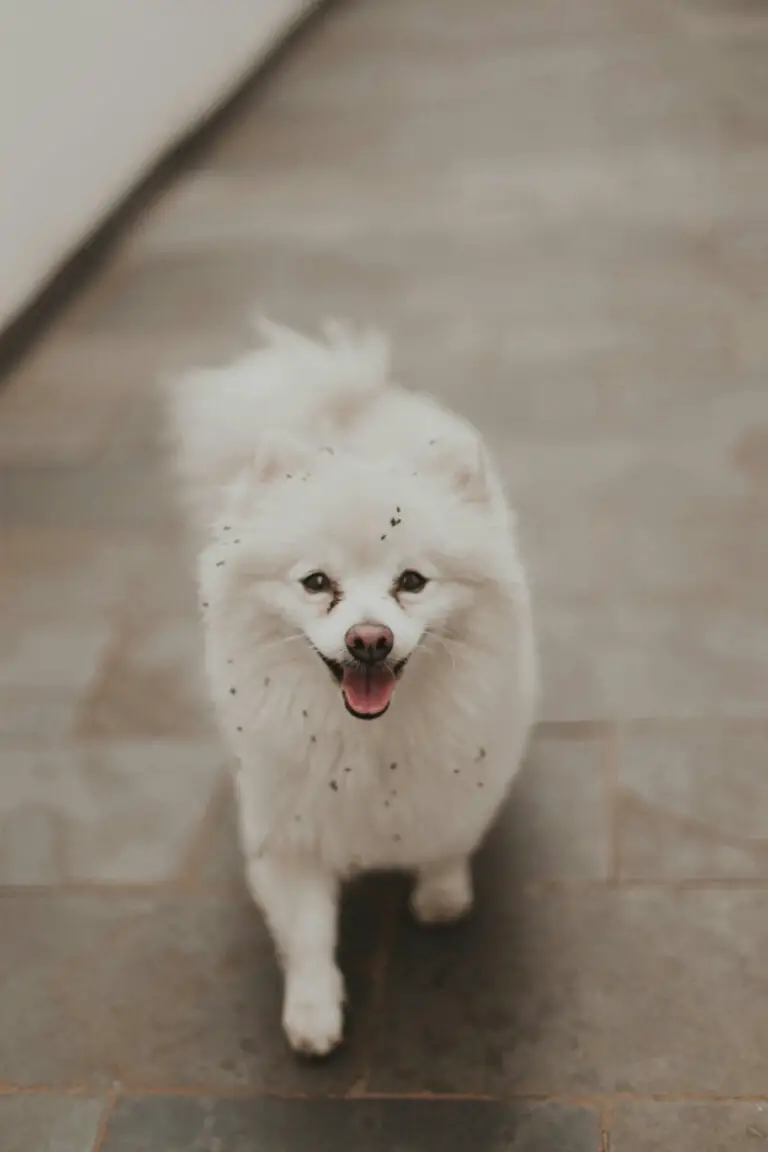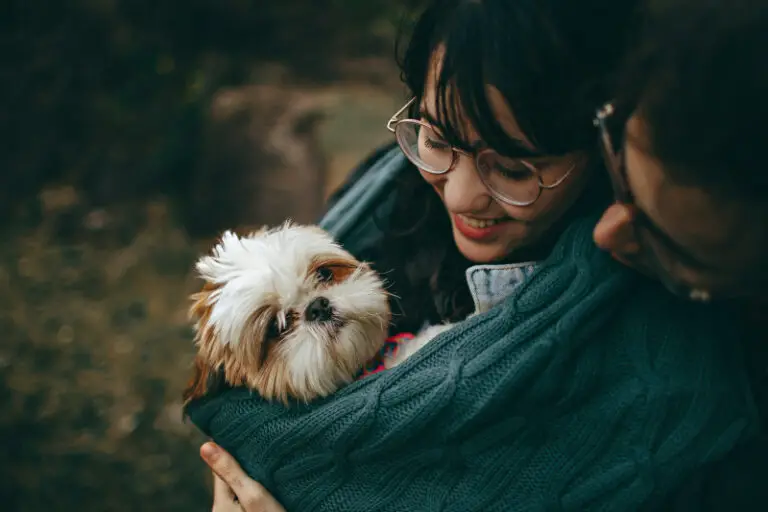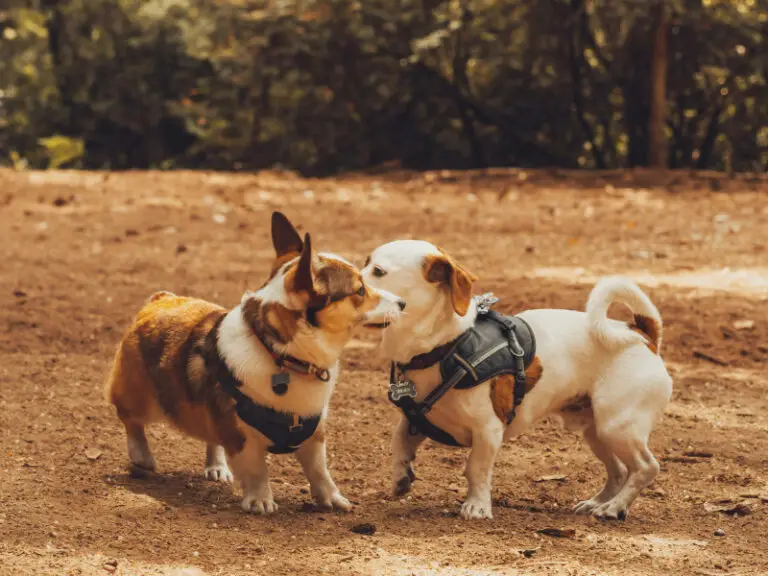When it comes to the Chihuahua, everyone knows that it is a unique pet, with an unmistakable appearance and a strong personality. Its small size has earned it to become one of the best lap or pocket dogs, a characteristic that it does not take into account when it comes to making itself respected.
But it is not the size, nor the character, which causes indecision among lovers of this dog, but rather the great variety of colors and markings or patterns that they can present on their body.
If you’re thinking of buying, adopting, or are just a fan of the Chihuahua, you’ll want to take a look at our rundown of the most common Chihuahua colors, variations, and mixes in the breed’s coat.
Table of Contents
What color can chihuahuas be?
These dogs can present such a wide range of colors that it is sometimes confusing to distinguish which is the official color of a specimen; In fact, many Chihuahua owners simply don’t know what color their pet is.
With slightly misleading or confusing names, such as the “blue chihuahua”, there is no doubt that this can be quite a challenge, especially when you are not an expert.
For all those who have been wondering: how do I know what type of chihuahua I have? here we have a summary that can help you clear up any doubts…
List of Chihuahua colors and patterns
According to the standards of the American Kernel Club (AKC) and the Fédération Cynologique Internationale (FCI), a Chihuahua can be “any color: solid, marked, or dappled,” including black, chocolate, fawn, white, and blue. the main colors.
In general, no more and no less than approximately 30 different colors and 11 markings are recognized in this breed (some of them are combinations).
Let’s start with some of the most typical stains or marking patterns:
1. Tricolor
As the name suggests, this coat is a combination of three colors. The primary colors that we can find under the tricolor brand are the variations of chocolate and black.
Typically, the dog will exhibit a tan hue to the ears, belly, eyes, legs, and tip of the tail, as well as white on the chest, paws, and face.
2. Two-tone
A Chihuahua with this marking has patches of color only on the head, the base of the tail, and a small part of the back; the rest of its fur is white. These spots can be distributed differently, have different shapes, and cover more or less area on the body. The white coloration of the dog is due to the lack of pigments in its hair.
3. Splattered
Compared to other Chihuahua brands, this particular one includes many colors; It looks as if they have been “splashed” all over the fur over a solid color. The most standard colors are white and tan.
4. Tuxedo (Irish brand)
This type of marking refers to the coat that is dark in color combined with a white ring pattern on the neck, legs, and face.
5. Blackbird or Merle
Some people mistake this pattern for color, but it is not. It is just a pattern that has mottled or marbled-looking colors on the dog’s coat. The dappled chihuahua has a unique blue color to its eyes.
Blackbird is the only pattern or color combination not accepted by the FCI.
6. Tabby
The markings of a brindle coat look like stripes that tend to be darker than the dog’s undercoat, similar to a tiger’s fur.
7. Saber
This pattern can be found in any type of Chihuahua but is more prevalent in long-haired Chihuahuas. Typically, there is a darker topcoat and a lighter undercoat. A good example is the Chihuahua with cream or sand hair, mixed with black or gray hairs.
Having said that, now let’s see the list of possible colors and combinations in the Chihuahua breed, organized by tonality.
8 – 11. Black chihuahua
Black Chihuahuas have dark eyes and a black nose. As they grow they begin to develop gray and white hairs on the face and body, especially around the snout; this can happen as early as 1 year.
Although considered a solid color, finding a completely black Chihuahua is very rare. Most black specimens have some type of marking on the body.
Dogs with completely black hair do not usually stand out in dog shows, since it is more difficult for the judges to see their features and expressions. The same goes for trying to photograph them; it takes very good light to capture her expressive eyes.
An advantage of having a black chihuahua is that they do not show tear stains.
Black color combinations:
- Black and Tan – Mostly black coat with black patches above eyes, on cheeks, around snout, chest, and legs; much like the markings of a Doberman.
- Black and tan with white markings – This is what is known as tricolor black; He is a very pretty chihuahua.
- Black and White – Mainly black with white on the chest, face, and/or legs.
- Black on White – Mostly white fur with hints of black on the body and/or face.
12 – 15. Chocolate chihuahua
Chocolate is the term used to classify brown Chihuahuas. In this sense there is some confusion since the “brown” specimens can be in the chocolate group or in the fawn group; however, the fawn is more like tan, cream, or gold.
Something very important is that the chocolate gene blocks the black pigment in the nose and nails. Therefore, if you see a “brown” Chihuahua that has a black nose or nails, it should be classified as a fawn and not chocolate (these areas should be brown).
Chocolate color combinations:
- Chocolate and Tan – Mostly chocolate with tan markings above the eyes, around the muzzle and cheeks, on the chest and legs.
- Chocolate and Tan with White Markings – The tricolor chocolate combination has the same markings and patterns as the previous mix, but with white on the face, chest, legs, and tail.
- Chocolate and White – Mostly chocolate with white markings; if there is mixed tan or fawn, then it is tricolor.
- Chocolate on White – This is a mostly white Chihuahua with chocolate sprinkles on the body.
16 – 23. Chihuahua fawn/light brown
Fawn is the term to describe very light brown or fawn-colored Chihuahuas. The AKC defines it as a reddish-yellowish-brown, with a medium sheen tone.
Precisely, this is the color that we see in the fur of small fawns, which is why this name was adopted for the specimens of this group.
It is the color that almost always comes to mind when we think of the Chihuahua breed.
Fawn color variations:
- Cream – beige or blonde fur.
- Fawn – shade closer to tan.
- Golden – almost like honey; it is brighter than the fawn.
- Red or mahogany – dark and vivid color, similar to the Irish setter; it can vary from a dark orange shade (20) to a brown shade (21).
Fawn color combinations:
- Fawn with White – Mostly fawn with white markings on the face, chest, and/or legs.
- Fawn on White – Mostly white Chihuahua with hints of fawn on the body and/or face.
24 – 27. White chihuahua
It is rare to find solid white Chihuahuas. They almost always have markings of another color on their body, for example, beige-white (24), cream-white (25), gold-white (26), or red-white (27).
The nose and nails of these dogs can be black or a lighter color, such as beige or pink.
28 – 30. Blue chihuahua
Many people are confused by this color, not knowing that blue is actually the official term for gray and can range from silver to dark steel. The true blue Chihuahua has a bluish-gray nose, nails, paw pads, and eye rims.
One very important thing to know about this type of Chihuahua is that pure blue dogs, not just Chihuahuas, are commonly associated with alopecia (baldness).
As the owner of a blue chihuahua there is not much you can do about it, but it is advisable to feed him a high-quality diet, rich in essential fatty acids.
It should be noted that not all blue Chihuahuas develop alopecia. It has been observed that the risk decreases markedly in those who exhibit some combination of blue with another color.
Blue color combinations:
- Blue and Tan – Mostly blue, with tan spots on the legs, around the ears, and/or above the eyes.
- Blue and White – The face, chest, legs, and tail should be white, with the remainder of the coat primarily blue.
- Blue and Tan with White – One of the most striking tricolor patterns we can see in this breed; the fur is blue, except around the eyes and the lower part of the legs, which are tan, as well as on the snout, the central part of the face, the legs and the tip of the tail, which are white; depending on the specimen, the belly, chest, and legs can be tan or white.



